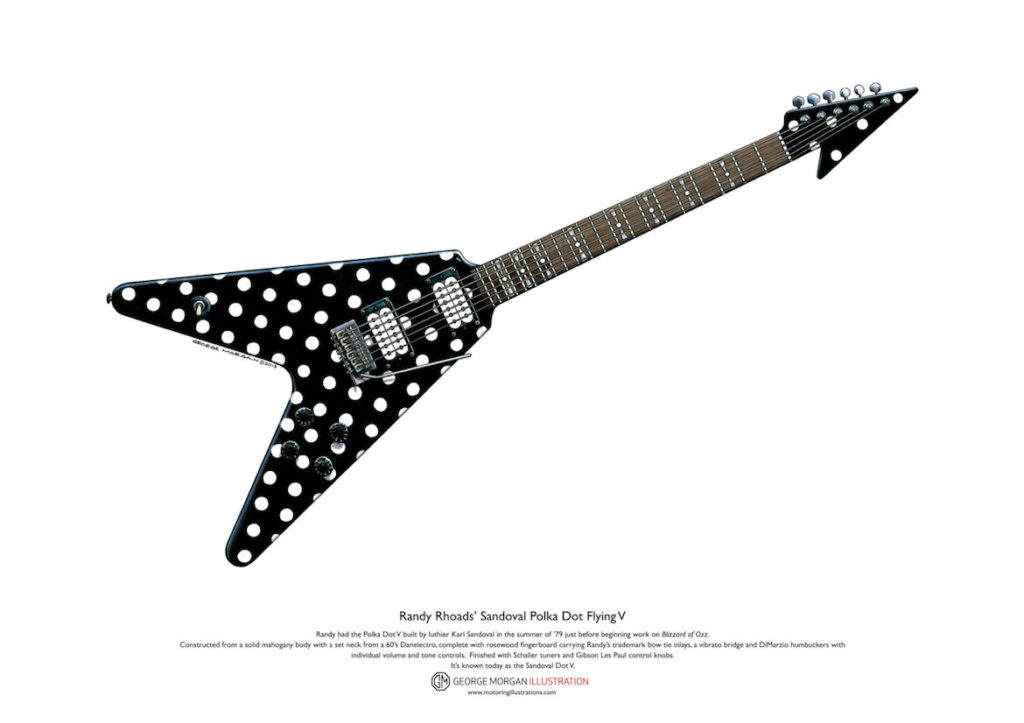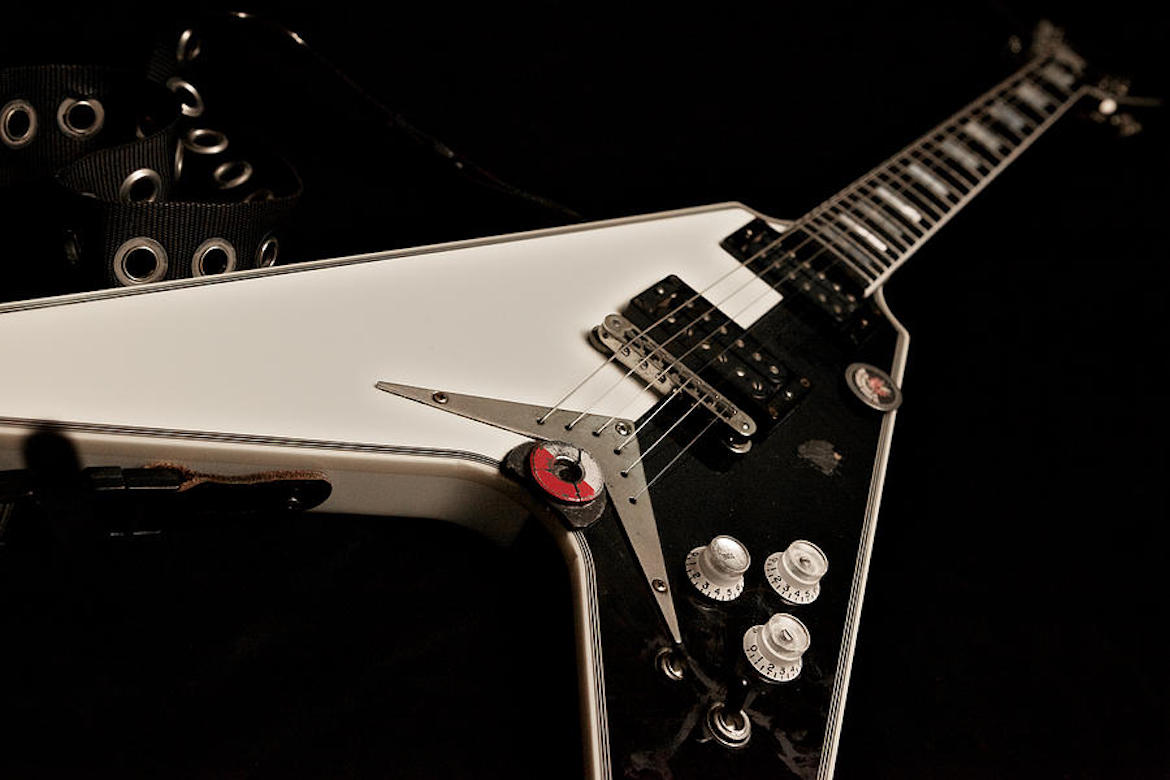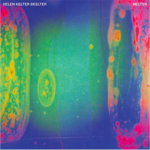This year marks the 60th anniversary of the Gibson Flying V
I am not a guitarist, nor do I pretend to be. My tenure in music was years of classical piano lessons and jazz saxophone— the alto to be precise. This may make my guitar friends’ stomach churn, but the guitar did not matter much to me except as an afterthought in music. But I knew and understood its importance. At first it was the precision in metal. All of those raucous guitar solos screamed louder than the next. The timing of it all. Then it was the sloppy three chord statements in punk rock that was background to the message of punk philosophy as a whole. Guitar culture in these two genres became philosophy themselves thanks to guitar brands like Gibson.
Sure, I was aware of Les Paul and Dick Dale’s Fender Tank Reverb, but again, Dale’s sound is just a process to getting the biggest and loudest sound he could out of a guitar.
However, it was not until one day in mid-’87 when I ran across Ozzy Ozbourne’s Tribute album to Randy Rhoads. I became captivated over Gibson’s Flying V because of one photo. It was the cover of that album that made me transfixed on the guitar. Ozzy picked up Rhoads, his Flying V resonating out into what probably was an ecstatic audience. Then, snap! The moment was captured. A guitar almost as big as him, it was a celebration of rock and roll. He handled that guitar like an extension of his soul as much as Rhoads was an extension of Ozzy. You can still feel the emotion emanating from this photo by Paul Natkin. The guitar acted as a beacon to rock music as it showed sheer happiness in Rhoads’ trust in the tool that helped create infamy.

According to Natkin, the photo was never supposed to happen. He was originally at the 1982 concert to photograph Ozzy’s keyboardist Don Airey. Natkin was assigned backstage to document sound check. Ozzy’s publicist convinced Natkin to stay and shoot the show. Midway through the concert, he captured the immortal moment between Ozzy and Rhoads. Like a father, proud of his son, the elation only makes Rhoads’ tragedy more bittersweet.

The Flying V celebrates its 60th year as one of the more recognizable guitars in rock history. Despite its futurist appearance to allure a fresh, cool look to guitar enthusiasts, the Flying V did not start out being a good seller. The Korina model attracted blues artists like Lonnie Mack and Albert King. Throughout the ‘60s and revised in the ‘70s, Gibson made improvements to the design and functionality of the guitar. Jimmy Hendrix and Marc Bolan, to name a few, latched on to its slim structure. By the late ‘70s and early ‘80s, the guitar became synonymous with hard rock and metal with people like KK Downing, Michael Schenker, Eddie Van Halen and Kirk Hammett using the guitar’s sound like a weapon.
Natkin’s photo of Ozzy and Rhoads is permanently etched into my mind, as is Rhoads’ black and white polka-dot Gibson Flying V.




No Comment! Be the first one.